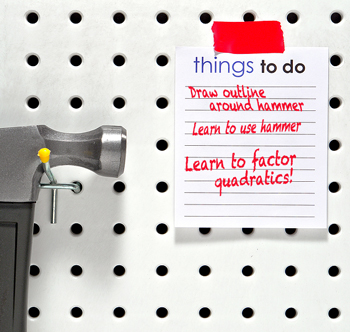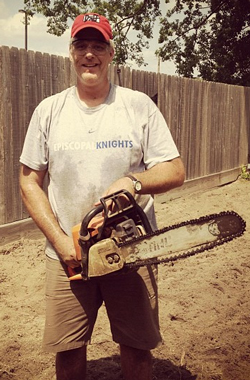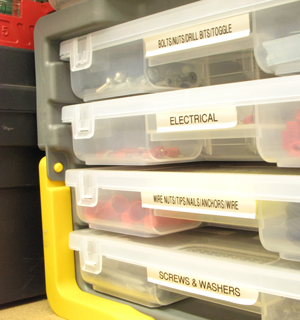We don’t teach each new math skill just to have something to do during the next math lesson. And yet textbooks make it look like we do.
 Math skills are presented in bubbles called sections. The section doesn’t show how the math rule being taught connects to past or future lessons. Nor does it point out what previously learned skills or rules are currently being employed.
Math skills are presented in bubbles called sections. The section doesn’t show how the math rule being taught connects to past or future lessons. Nor does it point out what previously learned skills or rules are currently being employed.
Okay, it might note that this section is similar to the others in the chapter. But how often do you see a section point out how you’re going to use the skills you learned in a previous course?
Kids rarely understand that each level of math is taught so that the tool that’s being practiced can be used later – in another math lesson or math situation.
They don’t see the long term growth of math skills and math maturity – their math toolbox.
Math skills are tools.
Take a look in any man’s garage and you’ll see a plethora of tools. Point one out and ask the owner these things:
 What is this?
What is this?- Under which situations will it function (and under which won’t it)?
- In what situations would it be helpful to use?
- Do you have the confidence and ability to use it when you need to?
- Have you ever used it when there was something else that would’ve worked better?
Chance are, he’ll have thorough answers for 1, 2 and 3. And for number 4 – he’ll look at you like you’re nuts and say, “Well, yeah!”
For number 5, he’ll say, “Well, of course. Sometimes I’m not sure what will work best, so I just pick a tool that I know can work. If it turns out to not be the best tool for the job, it’s no big deal. It might have taken a little longer, but it still got the job done.”
Tools accumulate – and add to each other.
Mr. Garage Owner didn’t collect a whole bunch of tools that he’s clueless about. He likely wanted to build one thing and realized a tool could help. So he bought it.
He learned how to use it, then hung it on the wall. Probably on a pegboard with the shape of the tool outlined.
Then he wanted to fix something else. He could have used his tool, but if he had another tool as well, it would make it even easier.
So he bought another tool.
Together with the first tool, he fixed his gadget then hung the new tool on the wall.

He continued this way until his pegboard was full and he was building more tool storage space in the back yard.
Now he knows each tool, when and how to use them, and confidently pulls them out each time it’s necessary.
And if he chooses the wrong tool for the job, he gets over it quickly.
Teach math like the kids are accumulating tools.
When you start a new section in your math lesson, review the math rules that they previously learned. Show how the newest problems may (or may not) be solved with the old math skills alone.
Present the new skill or math rule thoroughly. Be clear on what it is, how it can be used and under what circumstances. Also point out where it can’t ever be used. Like “adding to both sides” can’t work when there’s no equal sign.
Point out some areas where the new math rule might be helpful. Point out some areas where the new rule might not be the best for the job, but it would still work.
Show how to use the new math rule along with the old rules (pointing them out everywhere) to achieve results.
Have them make a list of all the math skills they’ve learned – a pegboard outline – so they can be kept handy.
Let them play.
Math is typically thought of as the subject where “there’s only one way to do it.”
Just like Mr. Garage Owner, using the non-optimal tool for the job still gets the job done. As long as it works (can’t run an electric drill in the rain, after all).
So let them play. Turn your math lesson into a time where they can use any math rule they want. Let them discover their own confidence in choosing tools.
And let them try out tools that might not be the best for the job.
As they grow their math toolbox, they’ll grow in math maturity and confidence!
You might also like:
- How to Answer “When am I going to use this?”
- How to Multiply By Hand Without Hurting Your Brain
- How to Use the Quadratic Formula to Never Factor Polynomials Again
- 6 Confusing Terms in Mathematics
This post may contain affiliate links. When you use them, you support us so we can continue to provide free content!










